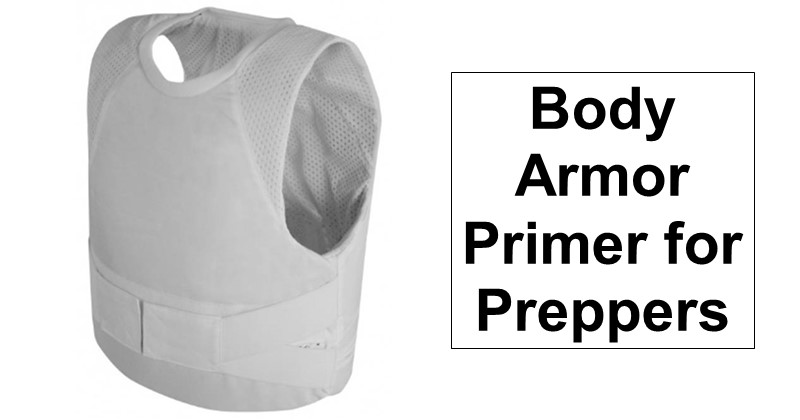With the world becoming more violent by the day, body armor has become a vital part of the Survival kit of every prepper. There is a growing necessity for being able to stay safe in the unlikeliest of scenarios, including mass shootings, unexpected riots or terrorist bombings. Being adequately prepared for urgent situation, where, the threat of guns and knives is real, means that preppers must not only stock up on weapons, goods and first aid kits but also select the type of body armor that best works for each scenario.
Having said this, preppers often times find it difficult to determine what type of body armor is required in these specific situations. The ideal vest for a prepper depends on the types of threats that they are likely to face as it’s always best to choose body armor that will offer the degree of protection necessary in a particular scenario.
Types of Vests and When to Use Them
Body Armor is rated at different levels based on the NIJ standards. Because the protection of the armor increases with the level, so does its weight and the cost. Ballistic body armor is rated by the Department of Justice against different round calibers. Basic soft body armor does not stop penetration from sharp objects and weapons, but it will stop thick-bladed stabs and offers protection against slashing attacks. These makes them suitable to wear in places, where there are large gatherings of people (protests, marches, during riots, etc.) as in close quarters – people often use concealable but deadly weapons, such as knives, broken bottles, screw drivers or other piercing objects to cause harm.
Preppers who want to ensure they receive maximum protection can go for a combination of ballistic and stab proof systems that are available for purchase online but they are more expensive. In terms of bullets – pistol bullets are easier to stop than rifle bullets, because they are slower. This type of combined protection gives the best chances of surviving in risky situations, such as riots or a scenario, where you might need to travel from point A to point B while facing attacks and poor weather conditions.
Basic levels, such as Level IIA. (Level I is not in use anymore) through IIIA are considered soft body armor types and don’t always offer sufficient protection in high-tension situations, while Level IV provides the fullest protection against pistol and melee weapons but is bulkier and heavier on the wearer.
How to Choose the Best Body Armor
The style of the vest is equally as important as its level of protection to ensure the best fit possible. There are two basic styles – covert and overt – with each having its advantages and disadvantages in different situations. For preppers covert vests seem like the likelier choice as they can be worn underneath clothing and offer a higher degree of movement and flexibility. It is typical for civilians to not want to draw attention to themselves or the fact that they’re wearing a bullet resistant vest to be able to advance through high-tension situations like protests or riots. The benefit of remaining concealed while being fully protected gives a person great advantage in extreme circumstances since staying under the radar can be life-saving.
Another important feature of covert body armor is the level of comfort it offers without compromising protection. Covert vests are lightweight and can be worn as Everyday Carry. This means that regardless of the situation that a prepper may find himself in regardless of the terrain; covert gear will provide both comfort and protection as part of his or her Survival Kit.
That being said, extreme threats in high-conflict zones, where martial law is declared, may call for the use of a tactical vest. These vests, similar to overt vests, are worn over clothing and are more durable than covert body armor. They have extremely high protective, qualities and can even be upgraded to protect the upper arms, throat, neck, and groin area. Even though this type of armor is heavier and bulkier – it is unmatched in the level of protection if offers and will surely hold up in the direst of circumstances, making it the choice of gear of military personnel and security operatives in war-zones. When it comes to its use by civilians, however, preppers should be aware of their physical limitations and know how long they can sustain the extra weight without it compromising their ability to move. To ensure their survival – preppers must rely on a combination of optimum protection as well as freely using their skills, such as agility and movement. Choosing body armor that doesn’t restrict them is often the wiser decision rather than going up a level of protection.
Note: This was a guest post.

Leave a Reply